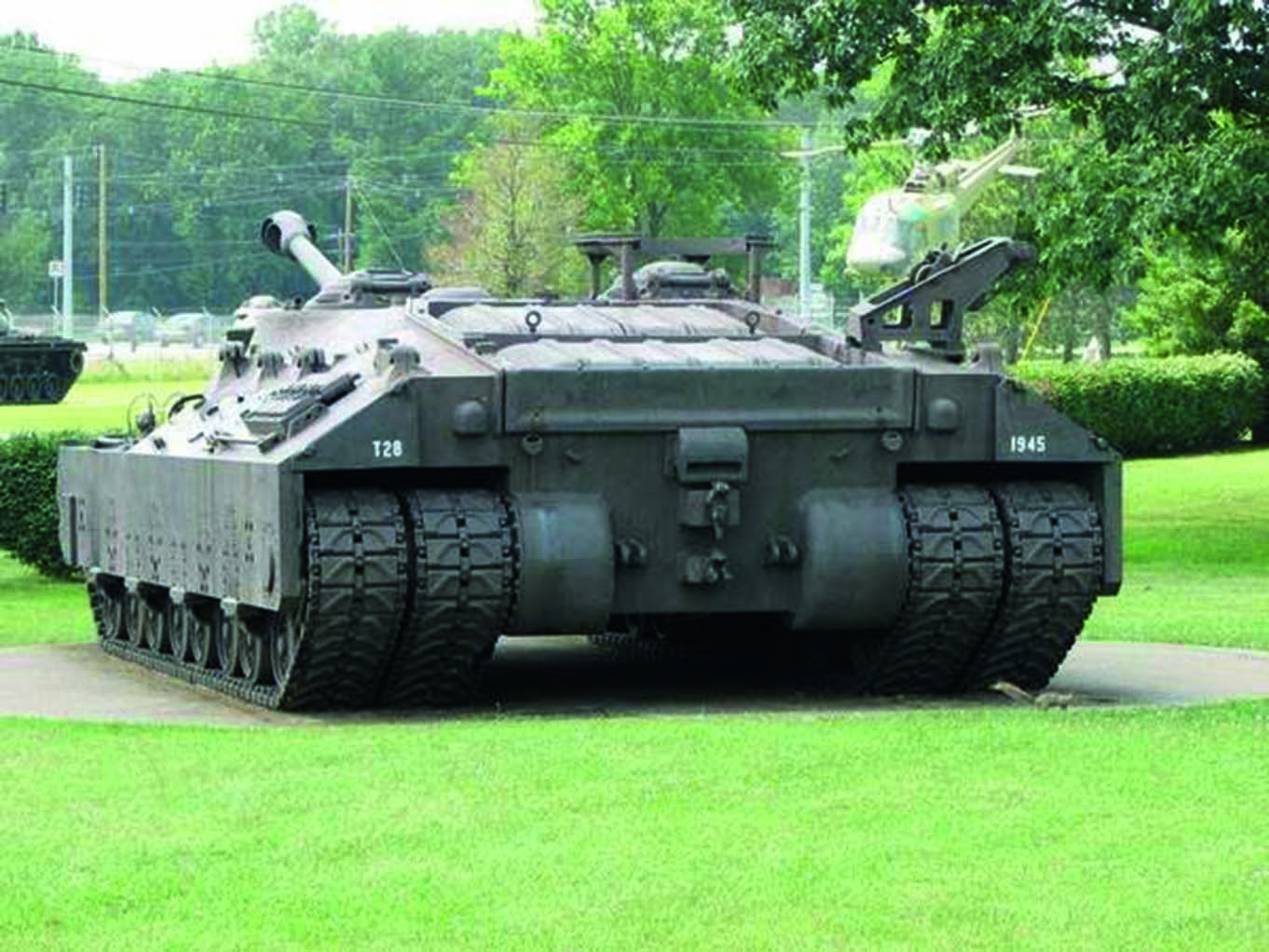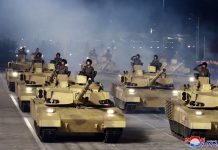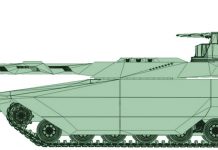Unconventional tank constructions
Rolf Hilmes
Bei der Betrachtung der Panzerentwicklung in der Nachkriegsepoche ist auffallend, dass sich im überwiegenden Maße Standardkonstruktionen durchgesetzt haben. D.On the other hand, unusual and idiosyncratic solutions - which were definitely a remarkable technical solution - only in a few cases found their way into series production or found their way into the troops. This article deals with this topic and thus shows the variety and range of technologies offered in armored engineering.
Unconventional constructions/field of firepower
Increasing the caliber of the main weapon is obviously a good way to increase firepower. In the post-war period, the main gun caliber increased from 90/100 mm to 120/125 mm. However, since 1988, a 152 mm PzK was planned in the Obj. 195/T-95 eastern development program. But the prototypes - among many other problems - did not appeal to users due to their size and heavy weight. A 152 mm caliber combination gun was also used on the US M 551 Sheridan, M60 A2 and KPz 70 vehicles. But the user was not very enthusiastic about this weapon either, and especially about the ammunition with a fully combustible propellant charge case. Great Britain went a step further in 1955 and mounted a makeshift 183 mm gun on a Centurion chassis (FV 4005). The motivation for this solution was the long range and power of the HESH bullet. However, the logistical problems would have overwhelmed the troops completely. The project was discontinued in 1957.

For the current MGCS program, main weapons in the caliber range from 130 to 140 mm are emerging, and the choice of the preferred solution has been a struggle for years. It is understandable that as the main weapon caliber increases, the
 Register easily for a monthly subscription to benefit immediately from all ESUT Digital advantages.To the monthly subscription
Register easily for a monthly subscription to benefit immediately from all ESUT Digital advantages.To the monthly subscription
Digital monthly subscription
für 6,60 € / Monat
Digital Annual subscription
für 65 € / 12 Monate

Enjoy the premium content and other benefits ofESUT Digital:
- Access to all online content
- Comprehensive search in the news archive
- Customizable news area
- Backgrounds, analyzes and technical articles completely and exclusively from the European Security and Technology and the Defense Technical Reports
- Daily news from the categories industry / internal security / international / land / air / politics / armaments / sea / armed forces and much more.
















